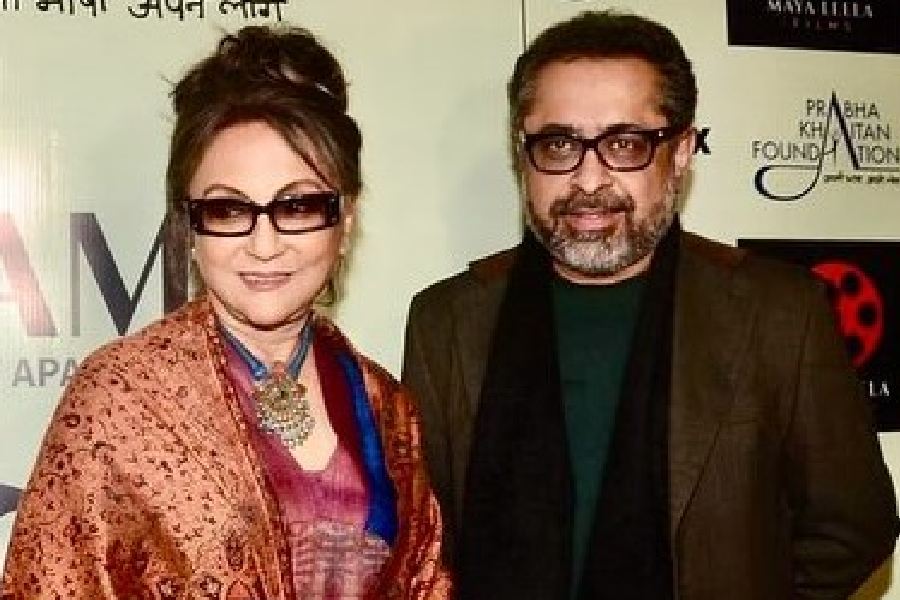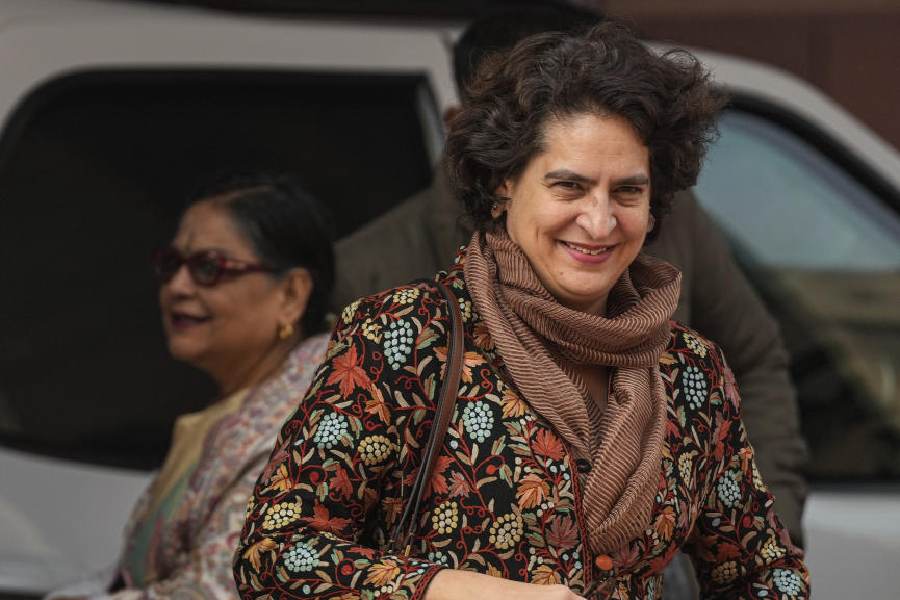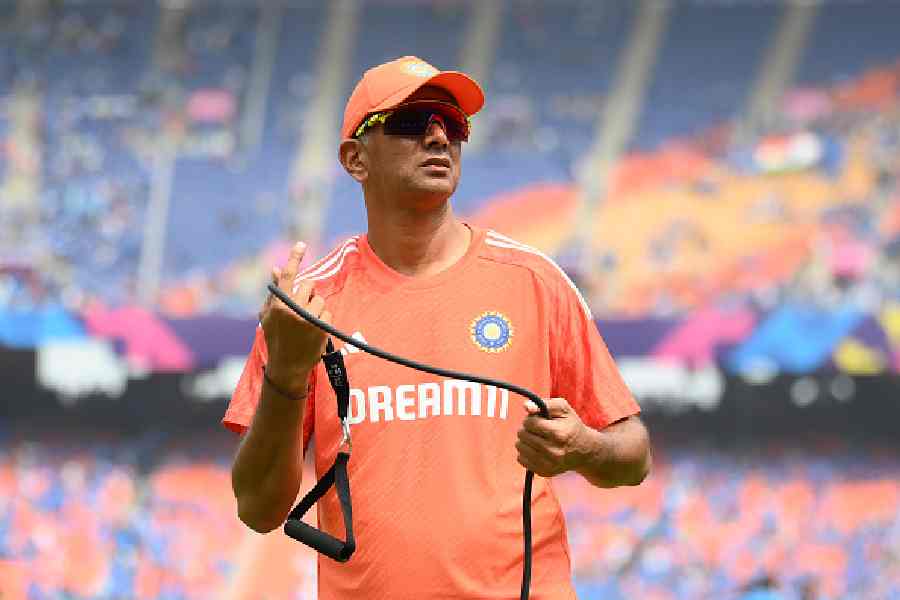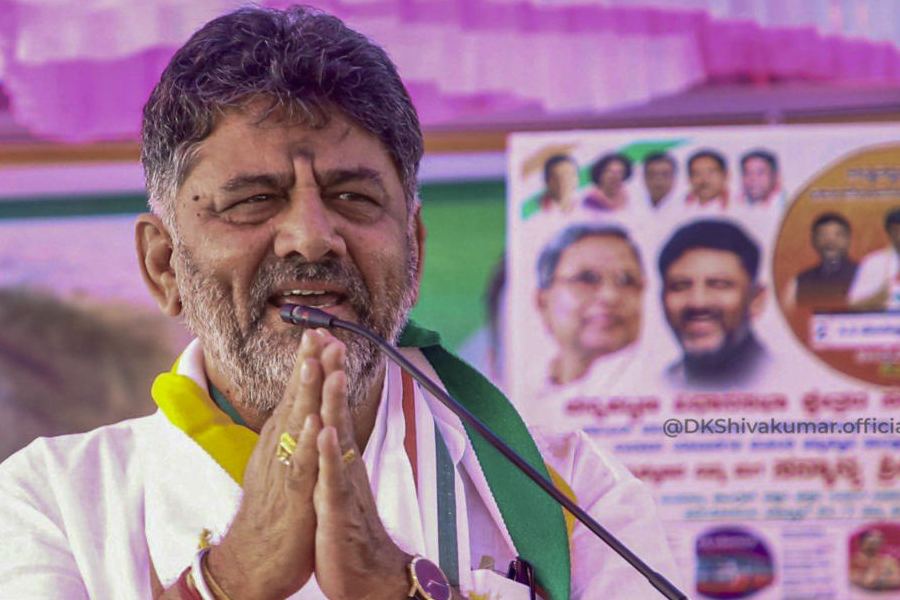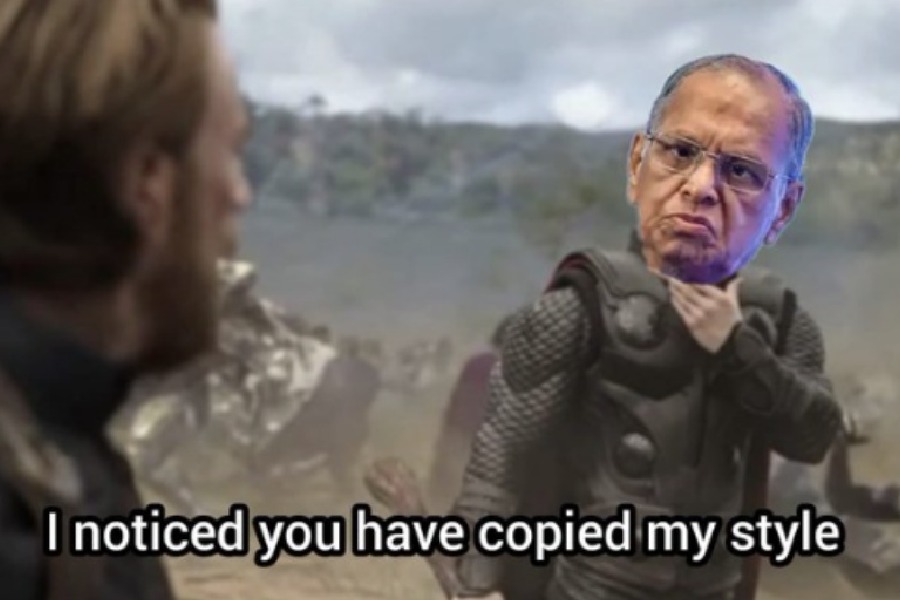As the lights dim in the theatre, a yellow taxi enters the screen, stopping in front of Victoria Memorial. A frail, elderly woman steps out and starts walking, with a stray dog at her heels. And then, we see her vanish into what seem to be the mists and shadows of a winter night in Kolkata. The achingly moving final scene from Aparna Sen’s debut film, 36 Chowringhee Lane, not only serves as the first scene of Parama: A Journey with Aparna Sen, a docu-film by Suman Ghosh, but also sets a strangely poignant tone that I did not quite expect.
As the documentary progresses, the audience both watches — clips from Sen’s films such as Parama, Paromitar Ek Din, Sati, Goynar Baksho and Sen being taken back to those locations and locales — and reminisces. Perhaps like Sen herself, we are moved by the mutations that time has wrought.
‘To me, it was unthinkable that a few decades later, people would not know that the likes of Aparna Sen existed’
Luminaries such as Shabana Azmi, Goutam Ghose and Rahul Bose, among others, appear on screen, speaking of their individual Aparnas — the prim Kolkatan with the quaint English for one, the actress who did not explore her entire range for another, or the idealist, quick to expect equivalent idealism from all, for yet another — with affection, and sometimes a certain frustration. And then there are her daughters, Kamalini Chatterjee and Konkona Sen Sharma, speaking of the mother who insisted they read and insisted on reading to them, who took them exploring, despite the demands of work, with love and gratitude. Kalyan Ray, Sen’s husband, talks of Sen not as his wife but as a daughter, whose guttural cry of pain on receiving the news of her father’s passing will never be forgotten by him.
Apart from being an exploration into the life and career of Sen, Parama’s archival value is immense. “Earlier, the National Film Development Corporation of India (NFDC) used to make such documentaries. Shyam Benegal made a wonderful documentary on Satyajit Ray, while Goutam Ghose has made documentaries on several people, such as the Dalai Lama, Bismillah Khan, KG Subramanyan, among others. But these days, there is no funding at all. To me, it was unthinkable that simply because of a lack of institutional support, a few decades later, people would not know that the likes of Aparna Sen existed. So, through my company, Maya Leela Films, I decided to venture down this road,” explains Suman Ghosh.
What was Sen’s reaction after she saw the finished film? Ghosh laughs: “A little embarrassed that an entire film was made on her! But having known her for so long, I feel that she was pleased and that she liked it as a film. The fact that I didn’t want to make a hagiography of a person, but wanted to capture the essence of the person, helped.”
Ghosh’s efforts to draw out and present the inner life of the individual, the artistic as well as the personal aspects of Sen’s story — her thought process, her vision, how she is as a mother and as a daughter, and her influences – are commendable. The section on Sen’s parents, filmmaker and film critic Chidananda Dasgupta and award-winning costume designer Supriya Dasgupta, is riveting, as they speak of the influences that shaped Sen.
All of this, interesting as it is, does not quite explain the sense of an unnamed loss that lingered with me after watching Parama. On reflection, maybe that loss has to do with the part of Parama that deals with Sen as a political being, where her political activism comes into sharp focus. The juxtaposition of the clips of Sen marching with her peers, just as Rahul Bose speaks of idealism versus practical expediency, feels like a throwback to a bygone era, a time as well as a mindset where artistes did not just reflect public opinion on the screen but were inclined to assume a larger space in the public sphere.
A certain kind of an individual: Amartya Sen, Soumitra Chatterjee, Aparna Sen
In some ways, Ghosh resonates with this when he calls Sen “the kind of an individual who is not-so-slowly becoming a lost species”. Ghosh proceeds to elaborate: “A certain sort of individual fascinates me, not just as a filmmaker or an academician, but purely as an individual. Individuals such as Amartya Sen, Soumitra Chatterjee, Aparna Sen. I have already made a documentary on Amartya Sen (The Argumentative Indian) . This is because I notice certain similarities between these individuals — chiefly their quest for knowledge and their politics, which are wholly independent of their profession.”
Ghosh’s observation hits home. Having grown up during India’s so-called nation-building era, I have seen the gradual erosion of individuals who have championed an almost innocent belief in civil society, an idealism that is all-encompassing, memories of which were triggered by watching Parama. This made the documentary a deeply personal experience for me. Just as Violet Stoneham in Sen’s 36 Chowringhee Lane epitomised what was once valued but became increasingly alienated and isolated, so does Sen herself stand for a disappearing category of individual.
Parama was running in PVR Inox — a rarity for a documentary, but something that also speaks to the stature of Aparna Sen. According to Ghosh, “Parama is also very cinematic, as a lot of the material is clips from Aparna Sen’s films. So, not only in the narrative structure, but also cinematically, a lot of the contribution is from Aparna Sen, thanks to footage from classic films. So the film-loving public can watch this and walk along with me as I walk along with Aparna Sen.”
I could not agree more.

